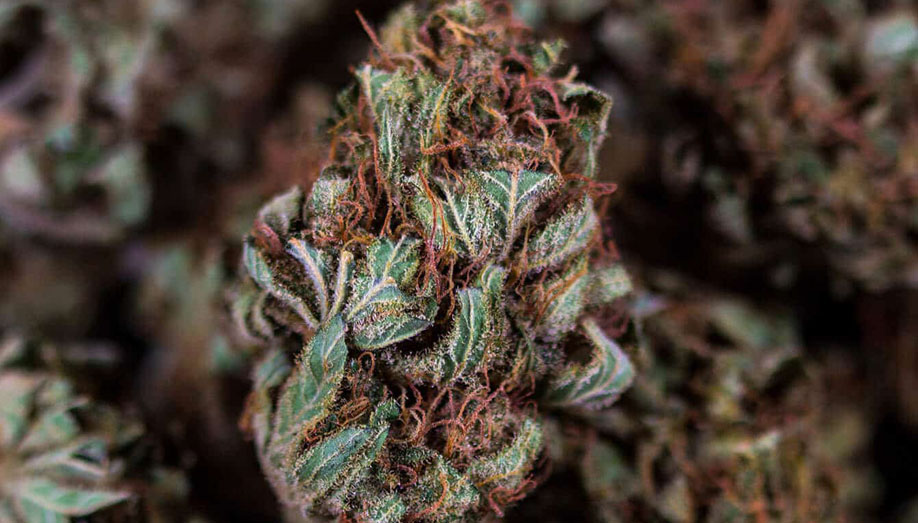
In contrast to THC, which joins to the body’s CB1 receptors in the cerebrum, or different cannabinoids which bond with the CB2 receptors found all through our resistant framework, it creates the impression that CBD doesn’t straightforwardly connect with both of them. Rather, it goes about as a kind of “conductor,” invigorating the body to deliver its very own hormones for explicit impacts.
CBD and THC cooperate in fascinating ways. As we’ve announced beforehand, it’s been demonstrated that in numerous respects, CBD really mitigates the inebriating impacts of THC. It considers it an organization between the two most significant cannabinoids, not a challenge. A solid extent of CBD helps keep the experience of inebriation and potential fluffiness under wraps, while additionally including its very own pressure and tension battling potential to the blend.
Additionally, the two cannabinoids battle torment (and even give you the munchies) in various ways. And keeping in mind that THC’s psychoactivity can make torment feel less serious, more examinations really point to CBD’s agony battling characteristics than THC’s. While so far there is just a little hard clinical proof to recommend CBD has a job in battling torment, narratively it’s an altogether different story.
Numerous long-term cannabis clients state CBD strains best treat their agony, regardless of whether it’s nociceptive (brought about by damage), neuropathic (brought about by harm to nerves) and the more puzzling focal torment, which extensively talking emerges from a summed up brokenness of the sensory system. Let’s get straight to the point: Even in case we don’t know how—or regardless of whether—CBD all by itself treats torment, it’s settled that cannabis is a sheltered, delicate and compelling treatment for agony.
Start Learning to Drive Today
Give us a call to schedule your first driving lesson
1-800-555-555
Sign up to our Newsletter
(We do not share your data with anybody, and only use it for its intended purpose)
Leave A Comment